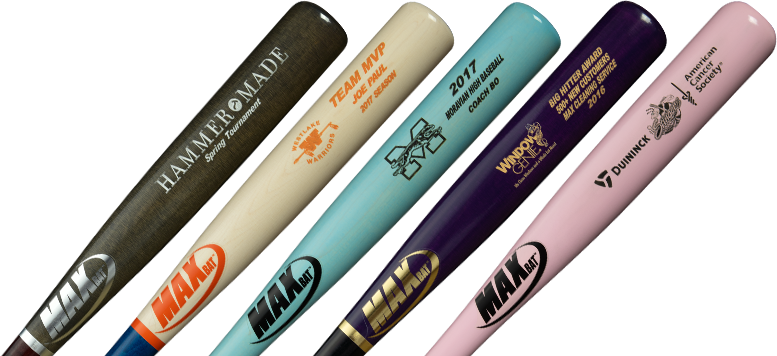Let’s face it. The majority of baseball players are conditioned to think that swinging a lighter baseball bat is the best thing they can do for their performance at the plate.
“I need to swing a -3 wood bat”.
“I want and need the lightest wood bat possible”.
“No way I can swing a -2 wood bat. That’s too heavy”.
Baseball players need to stop thinking like this. Why?
1. Weight drop rules only apply to METAL bats. There are no rules in place that apply to wood bats that mandate you absolutely have to swing a wood bat that is a -3 weight drop.
2. The lighter a wood bat, the weaker the wood. In order to produce a wood bat that is a -3, the manufacturer needs to start with a lighter wood billet. The billet is lighter because the wood is lower in density. The lower the density, the weaker the wood. If you start with a lower density wood billet, you’re more likely to make a wood bat that is weaker than a wood bat made from a “heavier” / high density billet.
3. A weight diff erence of 1 ounce (-2 compared to -3) is virtually undetectable in a wood bat. A stack of ten pennies equals 1 ounce. That extra ounce is distributed throughout the bat’s length and not focused on the barrel’s end. Picture a bat with ten pennies placed on it that are spaced from knob to barrel end.
erence of 1 ounce (-2 compared to -3) is virtually undetectable in a wood bat. A stack of ten pennies equals 1 ounce. That extra ounce is distributed throughout the bat’s length and not focused on the barrel’s end. Picture a bat with ten pennies placed on it that are spaced from knob to barrel end.
4. Swinging a -2 wood bat, compared to a -3, will NOT reduce your bat speed. Remember that some of that weight (inconsequential weight) is located in the handle, thus evenly balanced.
5. -2 wood bats, compared to -3 wood bats, are made from harder/stronger wood. Not only will they last longer, they will hit the ball further. Basic physics tells us, and proves that the more mass you apply to something (in this case, a bat on ball), the more force you will apply to it.
So, do you want to perform better when using a wood bat? Swing -2 instead of -3. If you’re a parent looking for a Youth wood bat, avoid bats that advertise large barrel -10 bats at all costs. You’ll just be throwing away money. Youth wood bats should never be lighter than -7.


